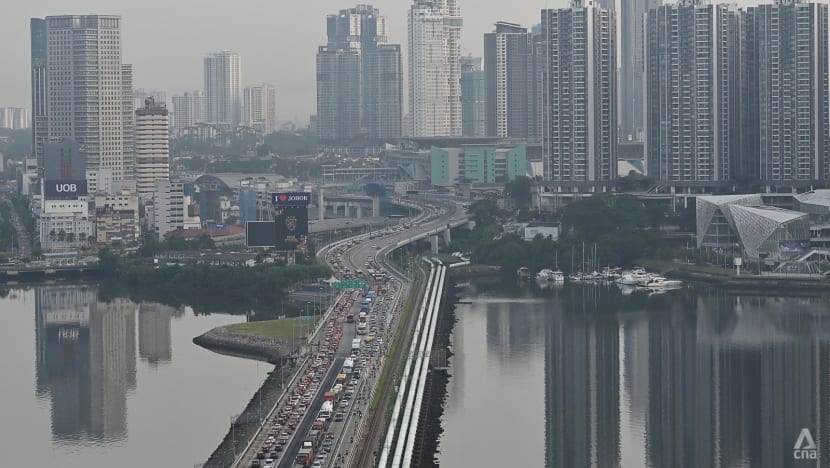The establishment of special economic zones (SEZs) has become a popular strategy for countries seeking to attract foreign investment, stimulate economic growth, and generate employment opportunities. However, the path to success for SEZs is fraught with challenges, and many fail to achieve their initial objectives. Analyzing the potential pitfalls and critical success factors is crucial for policymakers and investors alike.
One major challenge in establishing and operating SEZs is the potential for cultural differences to create friction. When multiple parties, often from different national or regional backgrounds, collaborate on a project as complex as an SEZ, differing cultural norms and values can lead to misunderstandings and disagreements. This can manifest in various operational aspects, including financial negotiations, such as determining who bears the costs for infrastructure development, operational expenses, and social services. Furthermore, cultural differences can complicate the process of establishing mutually agreeable tax breaks and incentives, which are often key components of attracting foreign investment to SEZs. Negotiating these complex financial arrangements requires careful consideration of cultural sensitivities and a commitment to finding mutually beneficial solutions.
Another critical element for SEZ success is a clearly defined and sustainable business case. A compelling business case should articulate the specific economic activities the SEZ aims to attract, the target industries, and the competitive advantages it offers to potential investors. This requires thorough market research, industry analysis, and a realistic assessment of the region’s economic strengths and weaknesses. The business case should also demonstrate the potential for the SEZ to generate positive economic returns, both for investors and for the host country or region. Without a robust business case, SEZs risk becoming financially unsustainable and failing to attract the necessary investment to thrive.
Geographical factors play a pivotal role in determining the viability and success of SEZs. A strategically advantageous location can significantly enhance an SEZ’s attractiveness to investors. Factors such as proximity to major transportation hubs, access to skilled labor pools, and availability of essential resources, including water and energy, are crucial for attracting investment and facilitating smooth operations. Furthermore, the physical characteristics of the location, such as topography and climate, can impact infrastructure development costs and the overall feasibility of the project. A thorough assessment of the geographical context is essential for selecting the optimal location for an SEZ and maximizing its potential for success.
Furthermore, the policy environment within which an SEZ operates is a critical determinant of its success. A clear, consistent, and investor-friendly regulatory framework is essential for attracting foreign investment and fostering a stable business environment. This includes streamlined procedures for business registration, transparent customs regulations, and predictable tax policies. Moreover, the policy framework should provide adequate protection for intellectual property rights and ensure a fair and efficient legal system for resolving disputes. Excessive bureaucracy, corruption, or unpredictable policy changes can deter investors and undermine the long-term viability of the SEZ.
The historical record of SEZs reveals a high rate of failure, highlighting the difficulty of creating and managing these complex economic projects. Many SEZs fall short of their initial goals due to a combination of factors, including poor planning, inadequate infrastructure, unclear regulatory frameworks, and a lack of political will. Learning from the mistakes of past failures is crucial for policymakers seeking to establish and operate successful SEZs. This includes conducting thorough feasibility studies, engaging with local communities and stakeholders, and adopting a flexible and adaptive management approach that can respond to changing economic conditions.
In conclusion, the success of special economic zones hinges on a confluence of factors, including a well-defined business case, a strategically advantageous geographical location, a supportive policy environment, and careful consideration of cultural factors. Addressing these key elements effectively can significantly enhance the chances of an SEZ achieving its economic development objectives and contributing positively to the host country or region’s prosperity. However, the complexities and potential pitfalls associated with SEZ development necessitate careful planning, meticulous execution, and ongoing monitoring and evaluation to mitigate risks and maximize the potential for success.

